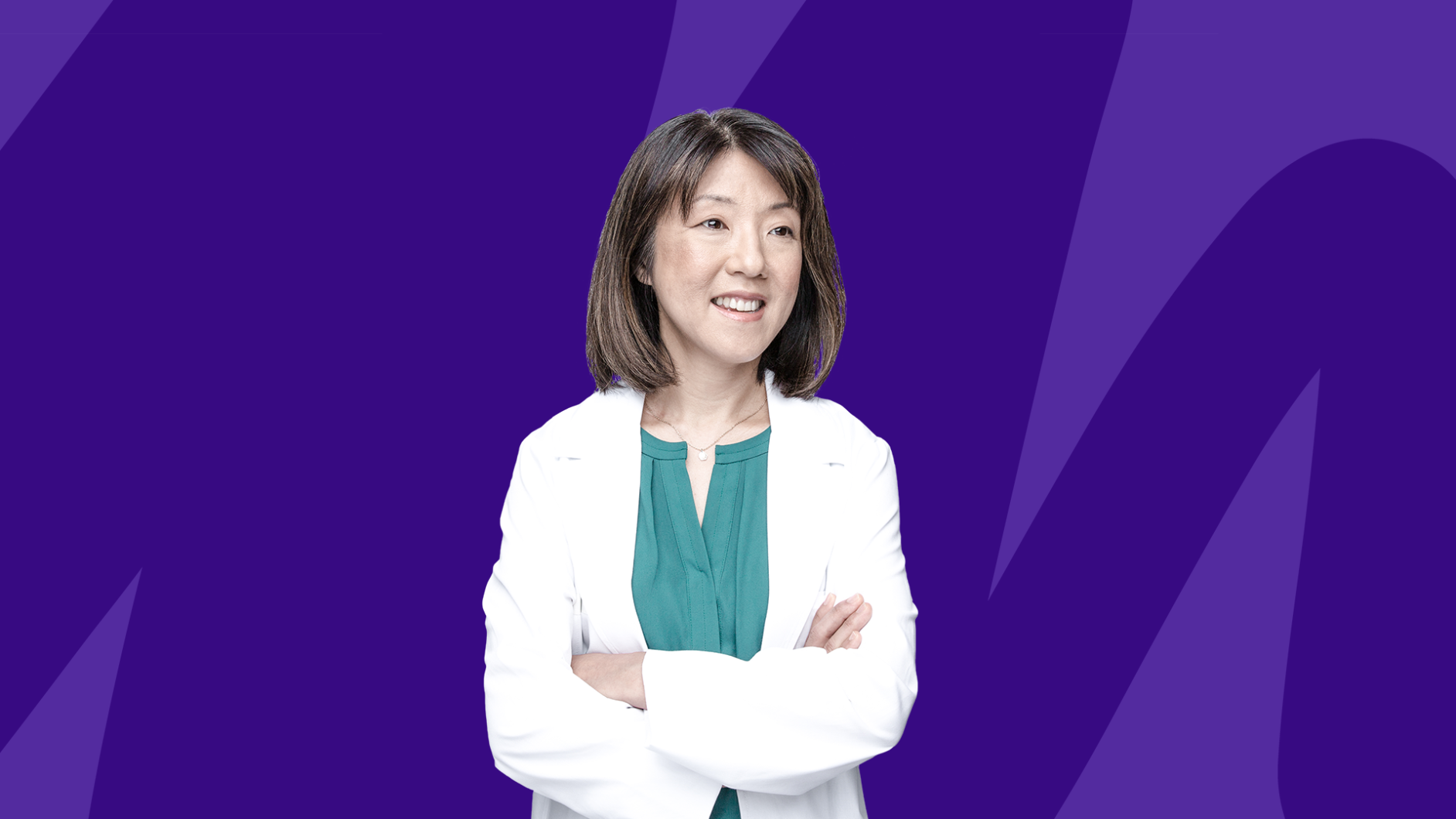Take a look around your local chain pharmacy. You’re likely to see a tired, overworked, and stressed-out pharmacist. One person, who’s likely working a 12-hour shift (often without a break), is tasked with verifying hundreds of prescriptions for accuracy and appropriateness while also answering phones, administering flu shots and other immunizations, giving medication advice, verifying insurance information, calling your doctor for various issues, and checking customers in and out. There are pharmacy technicians to help, but it’s not enough. How does that impact your well-being?
The New York Times recently published an article describing the extreme pressure pharmacists are under and their unanswered pleas to employers and state boards to ease the burden. These professionals filled a record-breaking 5.8 billion prescriptions in 2018, and they need a break—not just for their sanity, but also for your safety.
That’s because the more distracted a pharmacist is, the more likely a medication error is to occur. “PLEASE HELP,” one pharmacist in the Times piece reportedly wrote (anonymously) to his or her state board. Another simply said: “I am a danger to the public.” In other words, pharmacist stress is a real problem.
Has your prescription been filled correctly?
Pharmacists are under ever-increasing pressure from their employers to fill more prescriptions in less time. Of course, your pharmacist takes steps to make sure your prescription is filled correctly, but dispensing mistakes can and do occur. In one study examining prescriptions filled by 50 pharmacists, 31 of these professionals committed at least one dispensing mistake in the year they were followed.
“Consumers need to be aware—but not scared—of the potential for mistakes and know that there are things they can do to identify and prevent errors every time they pick up a filled prescription, whether it is new or a refill,” says Michael J. Gaunt, Pharm.D., medication safety analyst and editor at the Institute for Safe Medication Practices (ISMP). Here are some things you can do to double check for accuracy:
- Open the bag and check the label on the bottle before you even walk away from the pharmacy counter. “Don’t assume that any errors are just typing mistakes,” Dr. Gaunt says. “A misspelled name could mean you have someone else’s prescription medicine.”
- Look at the medication. If this is your third refill and the pills have always been blue, and now, suddenly, they’re red, ask the pharmacist to check the pills. “An informed patient will almost always catch an error that’s made,” says Brady Cole, R.Ph., owner of the Helpful Pharmacist. While it is possible that the different pills are due to a manufacturer change, it could be an error, so it’s best to always ask.
- Read the patient information leaflet and make sure the drug it describes is the same one listed on your bottle. If anything doesn’t sound right, check with the pharmacist.
How to help ease pharmacist stress
There’s not a lot you can do about a pharmacist’s long hours and pressure-cooker work environment. But you can help make their jobs easier, and pharmacist burnout a little less likely with these tips.
Ask your doctor to write the drug’s use directly on the prescription.
“This will help your pharmacist provide you with accurate information, particularly if your medicine is being used to treat an ‘off-label’ condition,” Dr. Gaunt explains. “It can also help your pharmacist choose the right medicine, especially if your doctor’s handwriting is hard to read.” This is also helpful for prescriptions that are sent electronically and will ensure the doctor selected the drug that matches the indication.
Use the automated refill system.
“The phone is a huge interruption to workflow,” Cole notes. “You don’t need to speak to someone to ask for a refill or to see if your medication is ready. These things can be done by utilizing technology, such as automatic refills and text alerts. If you’re out of refills, call a few days ahead to give the pharmacy time to contact your doctor for a new prescription.
Present coupons or discount cards like SingleCare when you drop off your prescription.
If you wait until pick up, the transaction will have to be reprocessed to reflect the new, discounted prices—which will lead to you having to wait in line again. And speaking of coupons, decide which one you’d like to use before you get to the pharmacy. While your pharmacist likely wants to help, they don’t have time to search for the best option for you. Do your research first. And use a pro savings tip from us: Always use generics when possible!
Use the pharmacy counter for prescription purchases only.
If you have a lot of non-pharmacy items to buy, pay for your prescription at the pharmacy and then check the rest out at another counter. That being said, if you are purchasing over-the-counter medications with SingleCare or another savings card, you will have to do it at the pharmacy counter. Just make sure you have a prescription for the OTC item first.
Be mindful of closing time.
Don’t show up just before closing and expect to get your prescriptions filled while you wait. Pharmacists have families and lives they’d like to enjoy, too, and are exhausted after that long shift.
The little things you can do at each visit can go a long way when they’re multiplied over the course of a year’s worth of prescriptions. And while you’re there, don’t forget to say thanks for all the hard work your pharmacist and technicians do!



